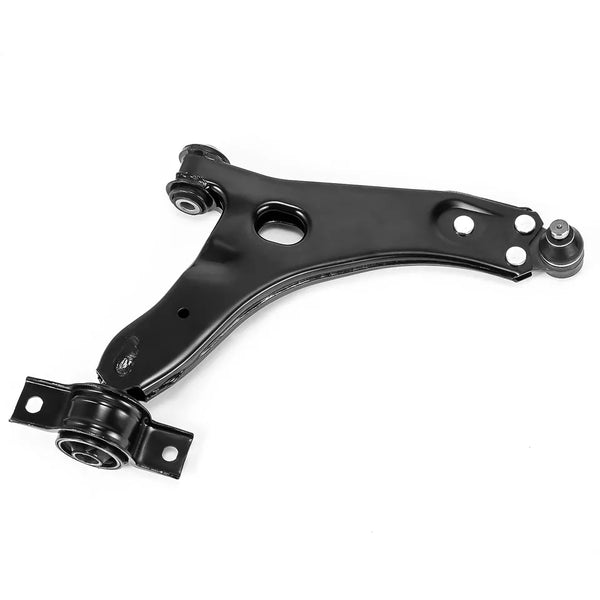The control arms are an integral part of a vehicle's suspension system, responsible for connecting the wheels to the chassis and ensuring smooth and stable handling. When these components start to fail, they can cause a variety of issues, including strange noises. Understanding what bad control arms sound like can help you identify potential problems and get them fixed before they lead to more significant damage.
The Sound of Bad Control Arms
Bad control arms can produce a range of sounds, depending on the severity of the damage and the specific component that is failing. Here are some common sounds associated with faulty control arms:
1. Clicking or Popping Noises
One of the first signs of a failing control arm is clicking or popping noises when you turn the steering wheel or go over bumps in the road. These sounds are typically caused by loose or worn bushings that connect the control arm to the chassis.
2. Rattling or Vibrating Noises
As the damage progresses, you may hear rattling or vibrating noises coming from the affected suspension. This can indicate that the control arm is no longer properly aligned with the chassis, causing it to move excessively and create noise.
3. Scraping or Grinding Noises
In more severe cases, you may hear scraping or grinding noises coming from the suspension. This can indicate that metal parts are rubbing together due to misalignment or wear in the control arm system.
Diagnosing Control Arm Problems
If you suspect that your vehicle's control arms may be failing, it's important to have them inspected by a qualified mechanic. They will be able to visually inspect the control arms and bushings for wear and tear, as well as perform diagnostic tests to determine if there are any issues with the suspension system.
1. Visual Inspection
A mechanic will first perform a visual inspection of the control arms and bushings, looking for signs of wear, cracking, or breakage. They may also inspect the suspension mounting points to ensure they are secure and free of damage.
2. Diagnostic Tests
If the visual inspection reveals potential issues, the mechanic may perform diagnostic tests to further evaluate the suspension system. This may include road testing the vehicle to listen for specific sounds, checking the alignment of the wheels, and measuring the suspension's travel and rebound.

Replacing Bad Control Arms
If your control arms are found to be faulty, they should be replaced as soon as possible to restore the safety and handling of your vehicle. The mechanic will remove the damaged components and install new control arms that are properly aligned and securely fastened.
It's important to note that replacing control arms may require additional work on the suspension system, such as replacing worn bushings or adjusting the alignment of the wheels. It's best to have a qualified mechanic perform this work to ensure it's done correctly and safely.
Bad control arms can produce a variety of strange sounds that can indicate potential issues with your vehicle's suspension system. If you hear clicking, popping, rattling, scraping, or grinding noises coming from your suspension, it's important to have it inspected by a qualified mechanic. They will be able to diagnose the problem and recommend the necessary repairs to restore the safety and handling of your vehicle.










